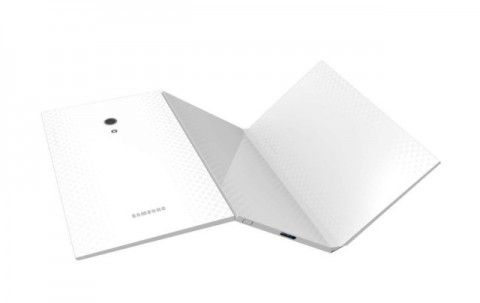The first commercial smartphone with an iris scanner and brain activity scanner, a phone with two 3010 mAh batteries and 120 MP images from a regular phone.

Foreword
Personal information has always been present on mobile phones. But if earlier it was only phone numbers from the address book and the texts of the latest SMS (which on some devices had to be cleaned regularly – the memory in those years was not rubber), now everything is much worse. Mail, social networks, instant messengers, photos, notes, a list of scheduled appointments, physical activity data, travel history – anything can be stored in a smartphone. But most applications do not have any additional protection, except perhaps for bank clients. If an attacker manages to unlock your smartphone, then he will automatically gain access to all of its contents.
Of course, it is not difficult to set a long password for unlocking, which an attacker will not be able to pick up even in a couple of hundred years. But in reality, very few people do this – the smartphone has to be unlocked dozens, or even hundreds of times a day, and no one wants to drive in a ten-digit password over and over again. And complex passwords are forgotten very often, the question of how to recover a forgotten password is perhaps the most popular question on the OS Android. So, at best, it will be a simple combination of a couple of numbers or a not very complex pattern, and both of them will not be difficult to recognize by the movements of the smartphone owner. And in most cases there will be no unlock password at all.
It should also be taken into account that the situation will only get worse every year – the smartphone will become the main control panel for the smart home, a pass, a contactless credit card, the heart of smart clothes, and God knows what else. Losing a smartphone in the near future can be much more dangerous than losing the keys to an apartment – especially if you don't notice it right away. Moreover, in case of problems, it will not be an inattentive user at all, but the manufacturers of the smartphone or the owners of the corresponding services. Rumors about their vulnerability in the blink of an eye will scatter all over the Internet, the anti-advertising will turn out to be notable.
Safety
Recently, manufacturers have been thinking about how to improve the security of a smartphone without complicating the life of the users themselves. At the moment, for these purposes, fingerprint scanners and web services are most actively used to track the location of the phone and, if necessary, remotely erase all personal data. But it is quite possible that soon they will be replaced by something else.
For example, an iris scanner. The first smartphone with such a scanner has already gone on sale, this is the Arrows NX F-04G, which will be sold by the Japanese telecom operator NTT DoCoMo. The iris recognition system is called Iris Passport and can replace not only the password for unlocking the smartphone, but also the passwords for any applications, and the PIN for payment confirmation.
[iframe url = '// www.youtube.com/embed/UP0DyYk5IXc' width = '640 ″ height =' 360 ″ scrolling = 'no' frameborder = '0 ″ marginheight =' 0 ']
I don't know how well this will be implemented in practice, but in theory, the Iris Passport should be more convenient than a standard fingerprint sensor. Especially in a situation when mittens or gloves are on the hands.

The technical characteristics of the phone are quite good: a 5.2-inch IPS screen with a resolution of 2560×1440, an eight-core 64-bit processor Qualcomm Snapdragon 810, 3 GB of RAM, a 21 MP camera, a 3 120 mAh battery.
[iframe url = '// www.youtube.com/embed/3LLTTC5KhwY' width = '640 ″ height =' 360 ″ scrolling = 'no' frameborder = '0 ″ marginheight =' 0 ']
I only wonder if the Arrows NX F-04G will have problems with overheating, which have become the scourge of devices on Snapdragon 810?
Link to news
The company Amazon decided to go the other way and recently patented a way to unlock the smartphone with the ear. The company's engineers claim that the geometry of the ear is no less individual than the fingerprint, so this 'ear scanner' is absolutely reliable.

Unlike an iris scanner and a fingerprint sensor, this identification method is much less universal – obviously no one will put a smartphone to their ear to confirm payment. But with an incoming call, this function will have to be as appropriate as possible – to answer the call, it will be enough just to put the device to your ear, the smartphone will verify the user's identity by itself.
The idea itself is excellent – now on almost all phones, when answering an incoming call, you do not need to enter a password, which, of course, is very convenient, but unsafe. The only question is how well it will be implemented, because even 5-10% of misfires here will be completely unacceptable. I personally am not ready to miss calls due to the fault of an overly paranoid phone.
Link to news
The brain scanning technology called Brainprint (in Russian can be translated as 'Brain Print'), which is being developed by scientists at Binghamton University, looks quite unusual. Each person's brain reacts differently to the same external stimuli, so this 'brain print' will be unique.

In a recent study by the institute, 45 volunteers were asked to read 75 famous acronyms such as 'FBI', 'DVD' and the like. At the same time, special devices recorded the activity of the brain regions of the subjects responsible for reading and recognizing text. By re-reading the same words, the computer was able to correctly identify 94% of the test participants.
The idea is interesting, but when and how it will be implemented in practice is not yet clear, and the point is not even 6% of misfires. After all, it is one thing to record brain activity within the walls of a laboratory, and quite another thing – at home.
Link to news
Do not forget that reliable protection when unlocking your smartphone is not a panacea. No sensor can protect you from malware and viruses. Here the question arises about the security of the OS itself, the computer (or is it correct to say 'smartphone'?) Literacy of the user, the set of software and those modifications that the manufacturer of the device introduced into the OS code.
Eugene Kaspersky recently expressed his opinion on the security of modern mobile operating systems. Although absolutely secure systems do not exist, he said, Windows is doing the best on this front. True, I have a bad suspicion that the main reason here is not so much the security of the OS itself, as the not too great popularity of WP devices among users. It is more profitable to develop viruses for Android and iOS now, but if Windows 10 succeeds in winning the hearts of buyers, the craftsmen will quickly switch to the operating system from Microsoft.
With Android everything is clear and so – on the one hand, a huge number of viruses for this OS, a bunch of tempting banners offering to 'update Opera mini', and many infected devices. On the other hand, there are good antiviruses that can save even users who are especially hungry for freebies.
The role of the 'dark horse' is iOS. Writing viruses under a closed OS is not an easy task, and at first glance, users Apple are in an excellent position. On the other hand, each system has its own weaknesses and security holes. And there are no normal antiviruses for this OS due to the same closeness. As a result, the scenario of global infection of devices on iOS looks the least likely, but the consequences in which case will be the most dire.
Link to news
Talking about the security of personal data, we shouldn't forget about wearable electronics like smart watches. Even though they contain less personal data than smartphones themselves, there is also something for an attacker to profit from.
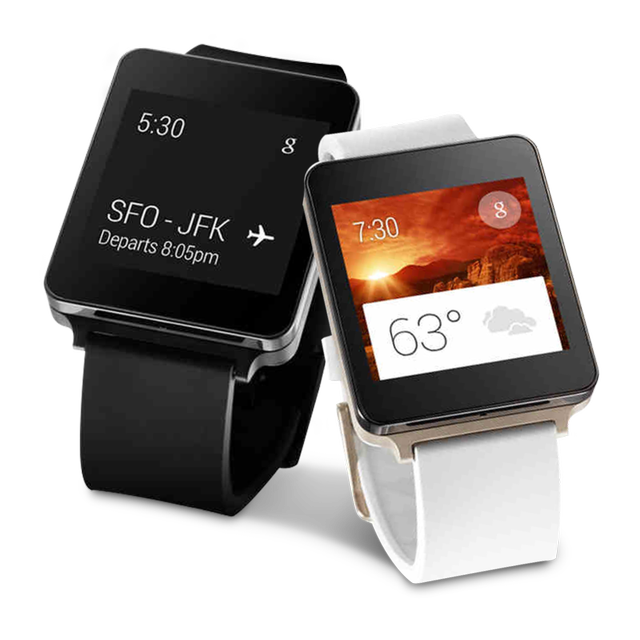
So, a recent study by specialists from the University of New Haven showed that a lot of interesting information can be extracted from LG G Watch and Samsung Gear 2 Neo. For example, pedometer data, calendar schedule and upcoming events, email address, and more. All this data is stored in the watch in unencrypted form, it was possible to obtain it without much difficulty.
Link to news
On the other hand, for now, smartwatches remain a niche product. Apparently, even Apple Watch failed to change the situation. Despite a good start, things can go much worse for Apple. It is not known what exactly the buyers expected to get from the Apple watch, but clearly not exactly what the company was able to offer them Apple. Anyway, according to UserTesting, only 38% of Apple Watch owners are ready to recommend them to their friends.


On the other hand, 19% of users are dissatisfied primarily with the low speed of third-party applications, and this problem can clearly be solved.
Link to news
Unusual devices
Chinese companies are increasingly showing teeth to their eminent competitors. If a few years ago it was mainly about cheap analogs of A-brand products, now almost every manufacturer is trying to interest buyers with something really unusual.
Take, for example, machines Gionee. Smartphone Gionee Elife E8 will be able to take photos with a resolution of 120 MP, which is currently a kind of record. Of course, this is achieved with the help of software that will collect several images into one. But what difference does it make to the user exactly how this result is obtained? What is done there in hardware and what is done in software will be interesting to units. The question is, rather, what is the practical point of this.
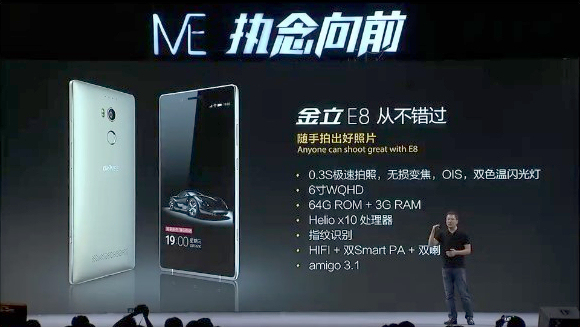
The characteristics of the smartphone are as follows:
- 6-inch screen with 2560 × 1440 resolution;
- 64-bit processor MediaTek MT6795;
- 3 GB of RAM;
- 64 GB of internal memory, microSD slot;
- Main camera 24 MP, focusing speed 0.008-0.2 seconds;
- Front camera 8 MP;
- Battery 3,520 mAh;
- OS Android 5.1, shell Amigo UI 3.1.
Link to news
But the smartphone Gionee Marathon M5 is distinguished not by the camera, but by the battery. Rather, batteries – there are two of them, 3,010 mAh each. Of course, you and I know that battery capacity is not everything, poor software optimization often negates all the battery life gains. But, apparently, with this, too, everything is fine, and there are special power-saving modes – according to the manufacturer, the smartphone may well live on the remaining 5% of the charge for as much as 62 hours. But the smartphone also supports fast charging. As for the thickness, everything is not as scary as it might seem – 8.5 mm in the center of the case and 4.75 mm at the edges.
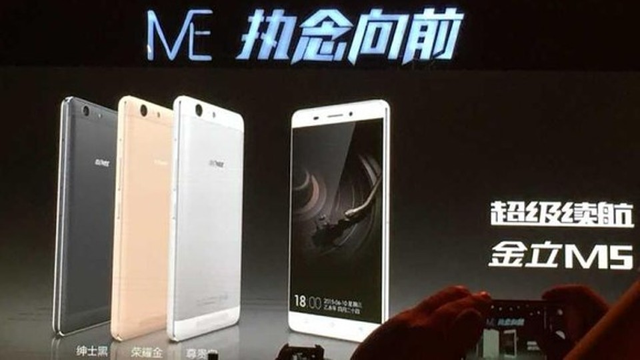
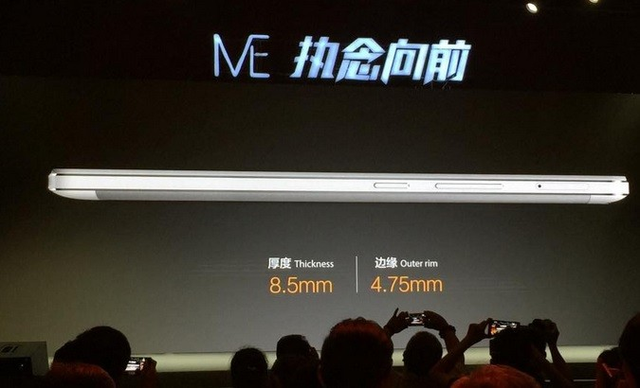
The rest of the characteristics of the smartphone are as follows:
- 5.5-inch screen (AMOLED) with a resolution of 1280×720;
- Quad-core processor MediaTek MT6735 @ 1.5 GHz;
- Graphics accelerator Mali-T720 MP2;
- 2 GB of LPDDR3 RAM;
- 16 GB internal storage, memory card slot;
- Main camera 13 MP;
- Front camera 5 MP, viewing angle 84 °;
- OS Android 5.1, shell Amigo UI 3.1.
Link to news
However, A-brands do not stand still either. And although in recent years we have not been shown anything that could be called a real breakthrough, it may very well be that there is not long to wait.



Let me remind you that according to Samsung's original plans, foldable mobile devices were to be presented in the first half of 2016. It is not yet clear whether the company's plans have changed, but rumors about such devices have been circulating on the network for a long time. And then there's another patent showing the design of a foldable tablet. Although it was filed back in 2013, it has only now been published by Koreans.
Link to news
The first concept art was not long in coming, one of the examples is shown below. Who knows, perhaps this is how the foldable tablet will look in practice.
